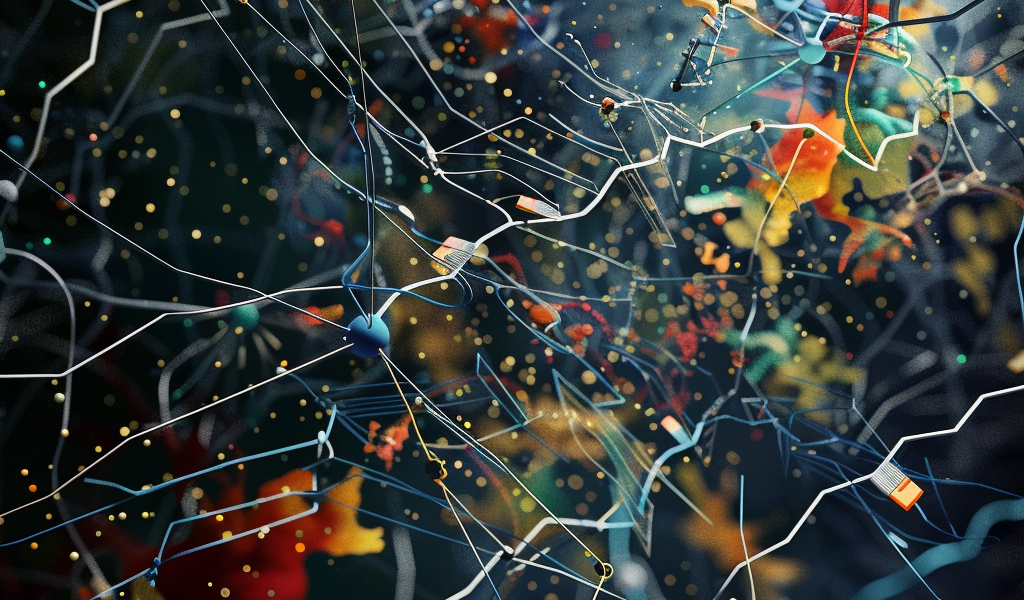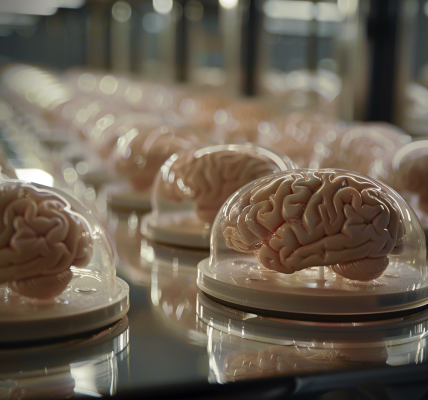What is ketamine? Here’s how it works.
To understand what ketamine is and how it works, we have to understand some things about the brain – one of the world’s most complicated and beautiful systems. Let’s boil synaptic connections down to a simple analogy: traffic lights.
Some signals say “go” and other signals say “stop.” Normally, communication is smooth sailing. But under duress, like severe physical or emotional pain, the brain may get too many “go” signals. This is where ketamine comes into play.
We spoke with experts to help guide us through what ketamine is and how it works.
What is ketamine?
Among our brain’s communication signals are neurotransmitters. One of these neurotransmitters is called glutamate. Glutamate helps neurons fire a “go” signal. But glutamate can’t work without unlocking what is known as the NDMA receptor. Think of this as the mechanism that turns the traffic light from red to green. This process is vital for learning and memory and for being conscious and aware.
However, there are some situations when you don’t want to be aware – like if you are in severe pain from an injury or if you are undergoing an operation. In these situations, it’s like all of the lights are green – you would just get signal after signal that you are hurt and you are in pain.
This is where ketamine comes in. It binds to the NDMA receptors and is essentially a “stop” signal. It starts to interfere with the connection between your brain and your body.
Ketamine is known as a dissociative anesthetic or dissociative hallucinogen. The effects are dose-dependent, but it generally leads to a “disconnected” feeling from you, your person – and your body. Symptoms range from unconsciousness, (like when used in general anesthesia) to an “out of body” experience or hallucinations.
What is ketamine therapy?
Glutamate plays a role in awareness and it also plays a role in regulating mood. Most of us have likely had moments of overwhelming, racing thoughts. In severe depression and anxiety, there is often a cycle of ruminating negative thoughts. Ketamine therapy, a combination of ketamine and cognitive behavioral therapy, aims to break this cycle.
Dr. Shannon Eaton, a neuroscientist and Assistant Teaching Professor of Psychology at Arizona State University explains how it works, “In the treatment of major depression disorder, ketamine can “stop” some of that faulty thinking, that rumination effect – the cycle of like, ‘Everything bad is happening. Only bad things happen.’ Ketamine can come in and silence that because it’s that ‘stop’ signal saying, ‘Don’t send that signal anymore. Stop thinking.’ ”
Ketamine has recently received attention because of the role it played in Matthew Perry’s death. Perry was using ketamine under the care of a physician for the





